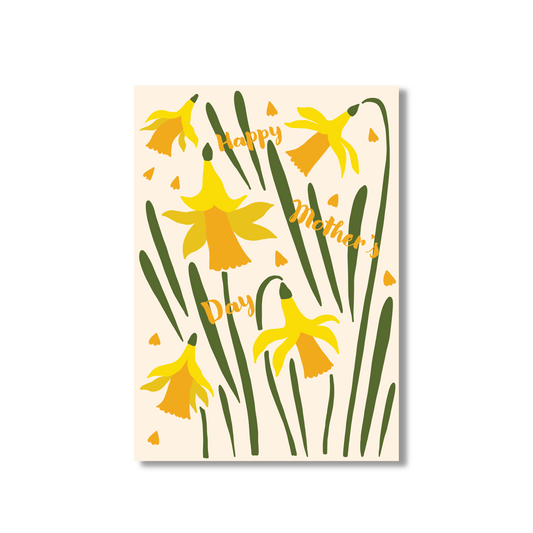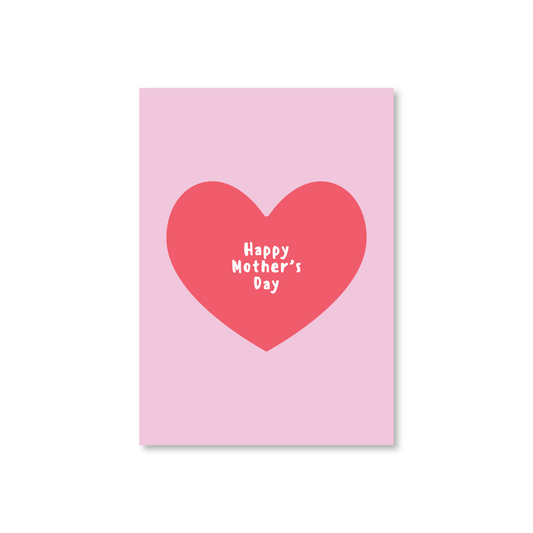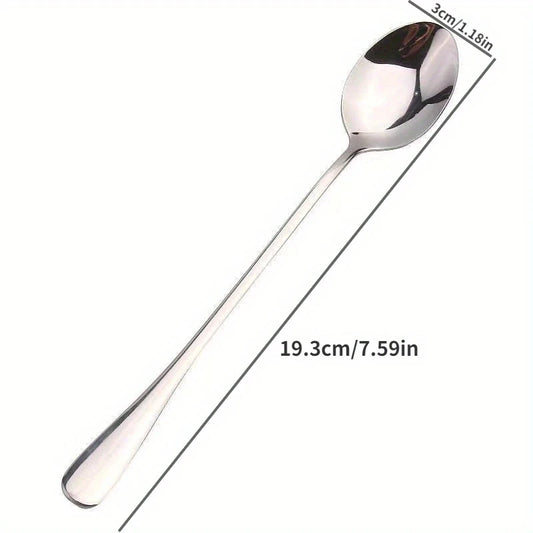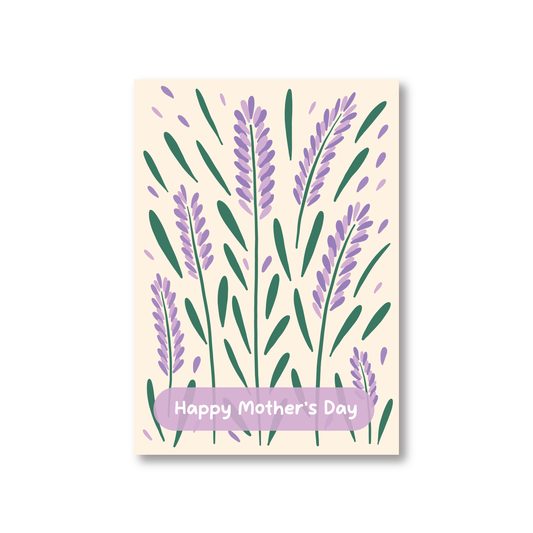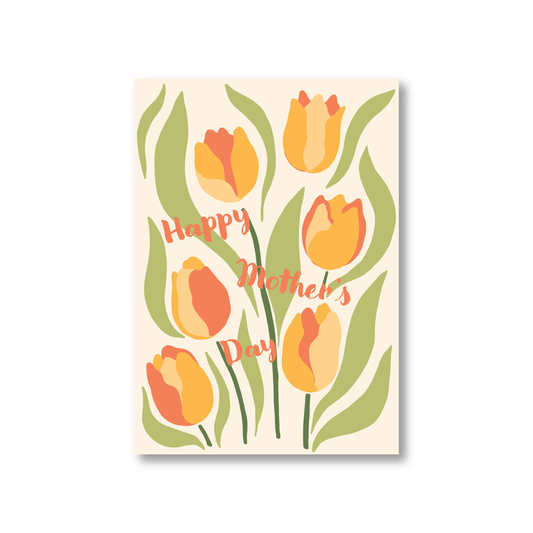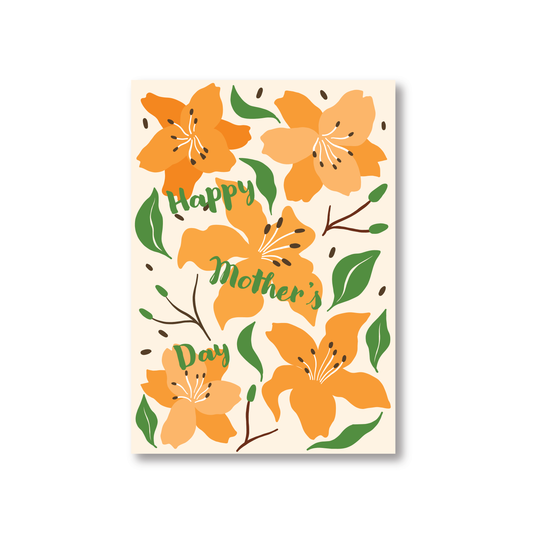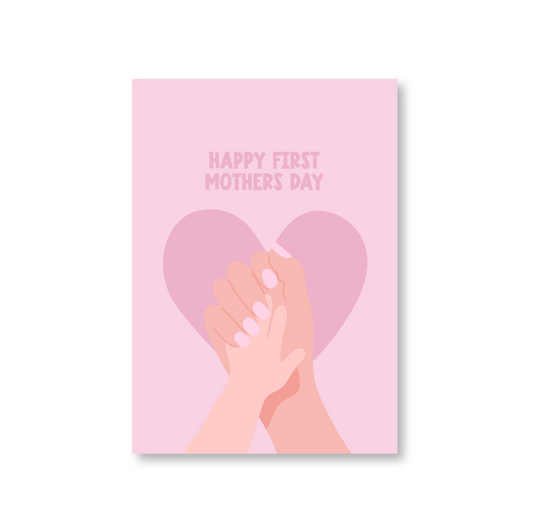
Simple Mothers Day Cards for Early Years
Share
Mother's Day presents a lovely opportunity for young children to express their appreciation and affection for their mothers through handmade cards. Engaging in the creation of simple Mother's Day cards for early years not only brings happiness to mothers but also serves as a fantastic avenue for children to tap into their creativity. The process of making these cards can be both fun and educational, offering a blend of imaginative play and developmental benefits.
Young children can be introduced to the concept of crafting by using basic, safe materials. Items such as colourful paper, crayons, and glue can form the backbone of their creative projects. By handling these materials, children develop fine motor skills and learn about textures and colours. Crafting Mother’s Day cards can also be an excellent way for children to practise following simple instructions and develop a sense of accomplishment upon completing their projects.
The personal touch that comes with handmade cards is incomparable. When children contribute their efforts and imagination, the result is a unique and heartfelt gift. This process allows them to explore their artistic abilities and produce something that is distinctly theirs. Simple design ideas, like handprint and footprint cards or basic shapes and patterns, are perfect for little ones to manage without feeling overwhelmed. These uncomplicated designs can be transformed into charming and meaningful cards with a bit of guidance and encouragement.
Crafting together can also strengthen the bond between children and their caregivers, offering moments of shared joy and cooperation. As adults assist children in their creative endeavours, they also teach valuable lessons about effort, patience, and the joy of giving. These activities can create lasting memories for both the child and the mother, as they reflect on the care and thoughtfulness poured into each creation.
In sum, the act of crafting Mother’s Day cards for early years is a multifaceted experience that fosters creativity, fine motor skills, and emotional connection.
Materials and Tools Needed
Creating Mother’s Day cards for early years can be an enjoyable activity with a few basic materials that are both safe and easy to find. Colourful paper is a staple, providing a vibrant base for any card design. Crayons are perfect for little hands, allowing children to draw and colour with ease. Glue sticks are a safe and mess-free option for attaching various decorative elements to the cards.
For those looking to add an extra touch of creativity, stickers can be a fun addition. They come in various shapes and themes, making it easy for children to personalise their cards. Ribbons and washi tape can also add a decorative flair. These items not only enhance the visual appeal of the cards but also provide different textures for children to explore.
Safety is paramount when working with young children. Opt for non-toxic paints if you decide to include handprint or footprint designs. A shallow dish for the paint can help minimise mess, and having wet wipes on hand can make clean-up easier. Safety scissors are essential if cutting is involved, ensuring that little hands remain safe while practising their cutting skills.
Markers and coloured pencils can be used for adding finer details or writing messages inside the card. They offer more control than crayons and can help children practise their writing skills. Sponges and brushes can be used for applying paint in various ways, adding to the sensory experience of the activity.
Stamps and ink pads can also be exciting tools for young children. They allow for repetitive patterns and designs, which can be particularly appealing for early years. Pre-cut shapes or templates can be useful for children who may need a bit more guidance in their designs. These can be traced or coloured in to add interesting elements to the cards.
In addition to these materials, having a clean, well-lit workspace is important. This can help keep the activity organised and make it easier for children to focus on their creative projects. A protective cover for the table can also be beneficial, especially when using paints or glue.
Design Ideas for Little Ones
Handprint and footprint designs are timeless favourites, enabling children to create cards with their own unique marks. These designs are simple yet impactful, and they allow young ones to contribute something personal. Simple shapes such as hearts, stars, and circles can be cut out of colourful paper and arranged in delightful patterns. This method not only keeps the design process straightforward but also introduces children to basic geometric concepts.
Another idea is to use nature as inspiration. Leaves, flowers, and twigs can be glued onto the card to form a natural and artistic design. This approach can turn a walk in the garden into a creative treasure hunt, encouraging children to see beauty in their surroundings. Stamps and ink pads are also a fantastic option, enabling repetitive patterns and consistent shapes that children find fascinating.
Collage-making can be another engaging activity. Old magazines or scrap paper can be cut into various shapes and pictures, which children can then arrange to form a vibrant collage on the card. This not only adds a burst of colour but also allows children to practise their cutting and pasting skills.
For those looking to add a bit of sparkle, glitter glue can be used to outline shapes or write messages. While it’s important to manage the potential mess, the dazzling result can be well worth it. Washi tape is another decorative item that is easy to use and adds a burst of colour and pattern to any card.
Lastly, finger painting offers a more tactile experience, letting children use their fingers to create swirls and designs directly onto the card. This can be particularly fun for younger children who enjoy sensory play.
Step-by-Step Guide
Creating a Mother’s Day card can be a delightful experience for young children with some simple steps. Start by folding a piece of colourful paper in half to create the base of the card. This will serve as the canvas for their artistic expression. Next, offer a variety of crayons, markers, or paints for the child to decorate the front of the card. Encourage them to draw pictures, patterns, or even simple shapes like hearts and stars.
For an added personal touch, try incorporating handprints or footprints. Simply dip the child’s hand or foot in non-toxic paint and press it gently onto the card. Once the paint has dried, the child can add additional decorations like stickers or small cut-out shapes from colourful paper. Glue sticks work well for attaching these embellishments securely without much mess.
Stickers, ribbons, and washi tape can be used to further decorate the card, adding bursts of colour and texture. Encourage the child to use these elements creatively, perhaps outlining their drawings or adding borders to the card.
To add a special message inside the card, guide the child to write a simple phrase like “Happy Mother’s Day” or “I love you, Mum.” If the child is too young to write, they can draw a picture that represents their feelings. Markers or coloured pencils can be helpful for adding these finer details.
If the child wishes to include a more elaborate design, pre-cut shapes or templates can provide a helpful guide. These can be traced or coloured in to add interesting elements to the card. Safety scissors are essential if the child will be doing any cutting, ensuring they remain safe while practising their skills.
Finally, having a clean and organised workspace will help the child focus on their creative task, making the process enjoyable and productive.
Encouraging Creativity
Children's creativity thrives when they are given the freedom to explore and experiment. Providing a variety of materials, such as colourful paper, crayons, markers, and stickers, allows them to choose what they enjoy most and helps them develop their artistic preferences. Encouraging open-ended play with these materials can lead to unexpected and delightful results. Letting children mix and match different textures and colours can spark their imagination and result in truly unique Mother’s Day cards.
A key aspect of fostering creativity is to provide gentle guidance rather than strict instructions. While it's helpful to demonstrate techniques and offer suggestions, allowing children to take the lead ensures they feel a sense of ownership over their creations. For instance, instead of directing every step, pose questions like, “What colour would you like to use next?” or “How can we make this design even more special?”
It's also beneficial to introduce children to new tools and techniques. Using items like stamps, washi tape, or glitter glue can introduce them to different ways of creating patterns and textures. Let them explore these tools at their own pace, and they may come up with innovative uses that adults might not have considered.
To further encourage creativity, create an environment where mistakes are seen as part of the learning process. If a drawing doesn’t turn out as planned or glue ends up in the wrong place, reassure the child that it's okay. These moments can be opportunities for creative problem-solving and can teach resilience.
Lastly, celebrate the individuality of each card. Praise the effort and creativity put into each design, and display the finished cards proudly. This positive reinforcement will encourage children to continue exploring their artistic abilities in the future.
Tips for Personalising Cards
Personalisation adds a distinctive touch to Mother's Day cards, making each one unique and heartfelt. One way to personalise cards is by encouraging children to incorporate their own drawings or scribbles. These can be images of favourite memories with their mother or simply imaginative doodles that come to mind. Including a handwritten message, even if it's just a few words like "Thank you, Mum," can make the card extra special.
Children can also personalise their cards by adding elements that reflect their mother's interests or favourite things. For example, if their mother loves flowers, incorporating floral stickers or drawings can make the card more meaningful. Using materials like coloured paper to cut out shapes or letters that spell out a personal message can add a creative touch.
Photographs are another wonderful way to personalise Mother's Day cards. A small photo of the child or a cherished family picture can be glued onto the card, adding a sentimental element. This makes the card not only a piece of art but also a keepsake that mothers can treasure.
Additionally, incorporating small personal items, such as a pressed flower from the garden or a tiny charm, can add a unique touch. These little additions can make the card stand out and show that extra thought and effort were put into its creation.
For a bit of sparkle, children can use glitter glue to write their mother’s name or to highlight certain parts of their drawings. Washi tape can be used to create colourful borders or patterns, adding an artistic flair without much difficulty.
By allowing children to use their creativity and personal touches, the Mother's Day card becomes a truly special gift that reflects the child's love and effort.
Conclusion and Encouragement
Crafting Mother’s Day cards for early years offers a beautiful opportunity to nurture creativity and strengthen the bond between children and their mothers. As you guide young ones through this activity, focus on the joy of the process rather than the end result. The heartfelt effort put into each card makes it truly special, reflecting the child’s unique personality and love.
Encourage children to explore different materials and techniques, celebrating their individual creativity. Emphasise that mistakes are part of learning and can lead to new, exciting ideas. By fostering a supportive environment, you help build their confidence and artistic skills.
When children see their creations cherished, it reinforces the value of their hard work and thoughtfulness. Displaying the finished cards proudly can boost their sense of accomplishment and motivate them to engage in future creative projects.
In essence, the true essence of Mother’s Day cards for early years lies in the shared moments of joy and the memories created. By focusing on the fun and meaningful aspects of crafting, you help children understand the importance of expressing love and appreciation in a personal and heartfelt way.

